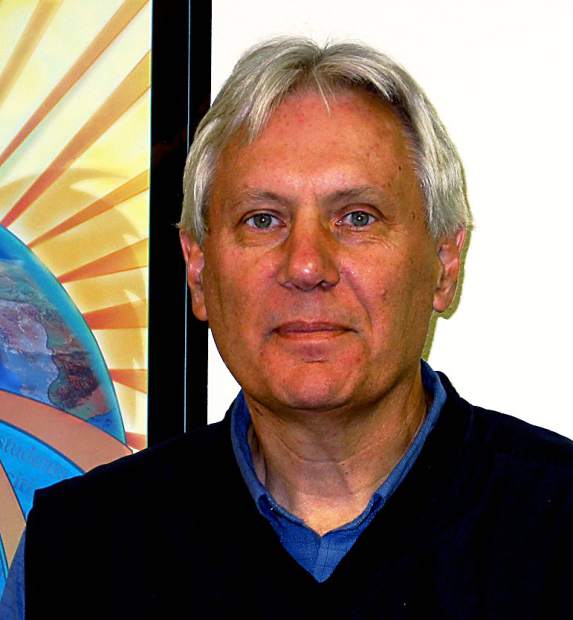This CMC Corner Column by CMC Glenwood Center Director Jim Green was first published in the Glenwood Post Independent.
 In early December the U.S. Supreme Court heard arguments in a higher education case. The case centers on the question whether colleges and universities may take race into consideration as a factor in admissions. This complex discussion gives us an opportunity to think about the related issue of diversity on college campuses.
In early December the U.S. Supreme Court heard arguments in a higher education case. The case centers on the question whether colleges and universities may take race into consideration as a factor in admissions. This complex discussion gives us an opportunity to think about the related issue of diversity on college campuses.
While affirmative action is a legal attempt to redress former injustices, diversity has to do with current and ongoing differences in culture and language. Diversity is a present and vital reality, an outgrowth of national and international developments that we don’t control but need to appreciate as we look to promote quality of life in our communities.
Colorado Mountain College has a role to play in promoting quality of life in our increasingly diverse communities. Some obvious signs of CMC’s response to this diversity can be seen in its extensive GED/English as a Second Language (ESL) programs and its partnerships allowing students to gain college credit while still in high school. These programs are increasing the number of Latino students now enrolled at CMC. There is also a career ladder relationship with the Valley Settlement Project in Carbondale that serves Spanish first-language students through bilingual Personal Care Attendant (PCA) classes. Additional instructors are being recruited for business, EMT/EMS and continuing education classes to be taught in Spanish this spring and summer in Aspen, Glenwood and Rifle.
In the current Supreme Court case, the discussion in favor of affirmative action rests on the idea that diversity improves the way people think. As Sheen Levine and David Stark wrote in a recent New York Times opinion piece: “By disrupting conformity, racial and ethnic diversity prompts people to scrutinize facts, think more deeply and develop their own opinions. Our findings show that such diversity actually benefits everyone, minorities and majority alike.” (“Diversity Makes You Brighter,” Opinion Pages, New York Times, Dec. 9, 2015.)
The suggestion here is that diversity makes us all brighter, that enhancing diversity not only improves opportunities for certain groups but enriches everyone’s education and helps promote development within a local community. In fact, the op-ed piece relates experimental data that indicate the positive effects of racial and ethnic diversity on critical thinking.
This evidence reflects the very practical and engaging aspect of community development that occurs in classes and CMC workshops. As students and community members interact in discussions and trainings, there are opportunities to be surprised by quite different points of view and quite different interpretations of what one group or the other may have too simply accepted as “normative” for everyone. In this process of reflecting on our own social and cultural conditioning, we are potentially becoming better community members, ready and able to learn from each other and more likely to cooperate in community and political affairs outside the college.
Jim Green is the coordinator for continuing education at CMC and the director of the Glenwood Center on Blake.
